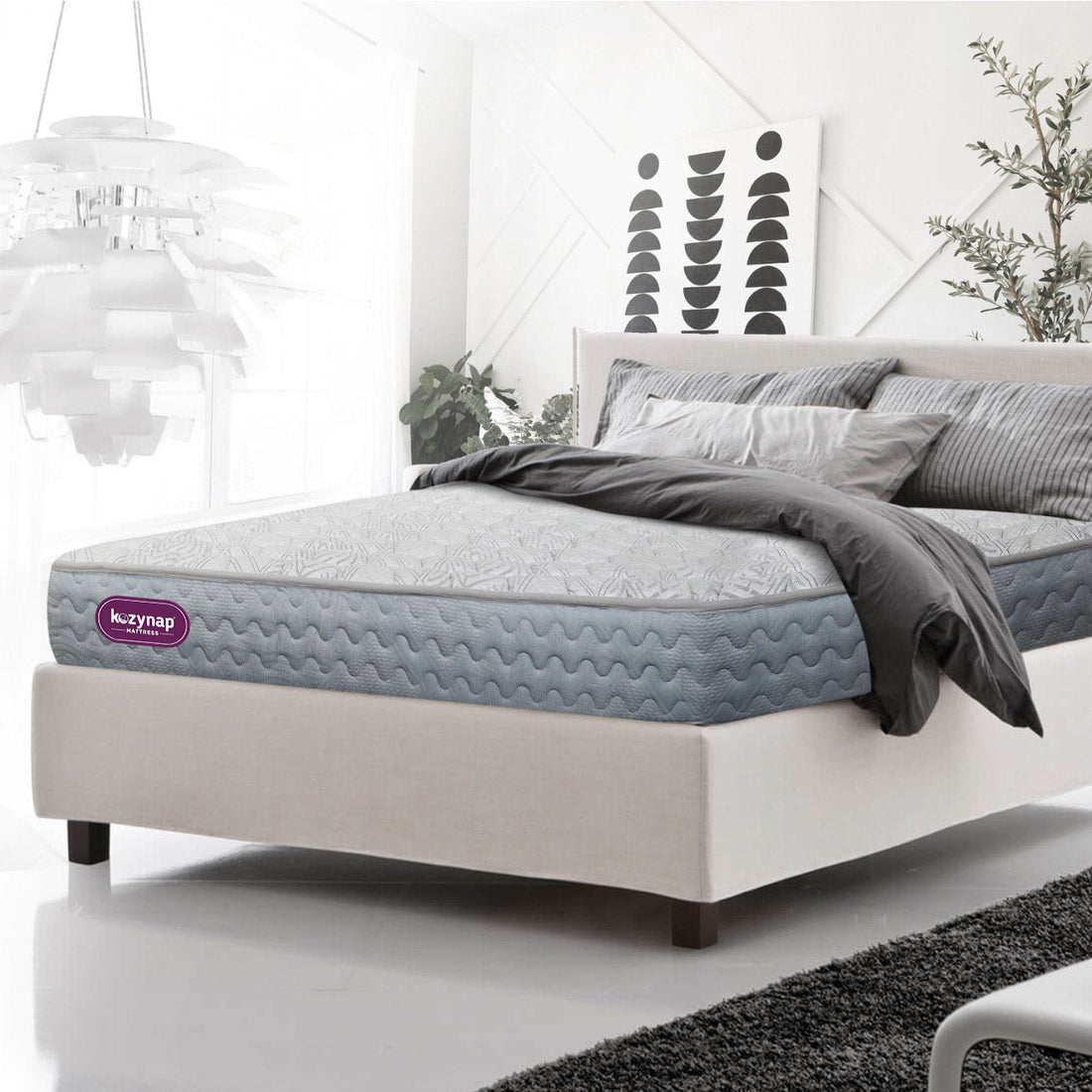A good night’s sleep isn’t just a luxury — it’s a necessity for good health. One of the most overlooked aspects of sleep quality is the mattress you sleep on. But with so many options on the market, it’s easy to feel overwhelmed. So, what kind of mattresses are best for health? In this guide, we’ll break it down so you can choose a mattress that supports not just your sleep, but your overall well-being.
Why Your Mattress Matters for Health
Your mattress affects more than just your comfort. A poor-quality or worn-out mattress can lead to:
- Chronic back and neck pain
- Poor sleep posture
- Sleep disruptions
- Allergic reactions due to dust mites or mold
- Increased stress and fatigue
Investing in the right mattress can significantly improve spinal alignment, sleep quality, and overall health.
1. Memory Foam Mattresses: Best for Pressure Relief
Memory foam mattresses are popular for their ability to conform to the body’s shape, providing excellent pressure point relief. This helps reduce pain in the hips, shoulders, and back, making them a great choice for people with chronic pain or arthritis.
Health Benefits:
- Promotes spinal alignment
- Reduces pressure on joints
- Minimizes motion transfer (great for couples)
Considerations:
- Can retain heat (look for gel-infused memory foam)
- Body sinks in for long hours if memory foam is too thick
Check a memory mattress here
2. Latex Mattresses: Best for Eco-Friendly and Allergy-Sensitive Sleepers
Natural latex mattresses are made from rubber tree sap and are naturally hypoallergenic and resistant to dust mites and mold. They are durable, responsive, and cooler than memory foam.
Health Benefits:
- Hypoallergenic and antimicrobial
- Offers support without too much sinkage
- Long lifespan (up to 15–20 years)
Considerations:
- Heavier and more expensive than foam
- Some people may be allergic to latex (though rare)
Check a latex mattress here
3. Hybrid Mattresses: Best of Both Worlds
Hybrid mattresses combine the support of innerspring coils with layers of memory foam or latex. They offer balanced support and comfort, making them suitable for a wide range of sleepers.
Health Benefits:
- Enhanced support and pressure relief
- Good airflow for temperature regulation
- Reduces back and shoulder pain
Considerations:
- Heavier than other types
- Can be pricey depending on materials
Check a hybrid spring mattress here
4. Innerspring Mattresses: Traditional Support
Innerspring mattresses use metal coils for support and are often topped with foam or fiber layers. While not as conforming as memory foam, some people prefer the firmer feel.
Health Benefits:
- Provides firm support
- Good airflow prevents overheating
- Affordable options available
Considerations:
- Less contouring for pressure points
- May sag over time, leading to poor support
Check a spring mattress here
5. Orthopedic Mattresses: Best for Back and Joint Health
Specifically designed for people with back or joint issues, orthopedic mattresses provide extra support where it’s needed most. Made of Bonded foam, they’re often firmer than average and are recommended by health professionals.
Health Benefits:
- Supports proper spine alignment
- Relieves chronic back and joint pain
- Often recommended post-surgery or injury
Considerations:
- May be too firm for side sleepers
- Must ensure it’s genuinely orthopedic (not just marketing)
Check an ortho mattress here




